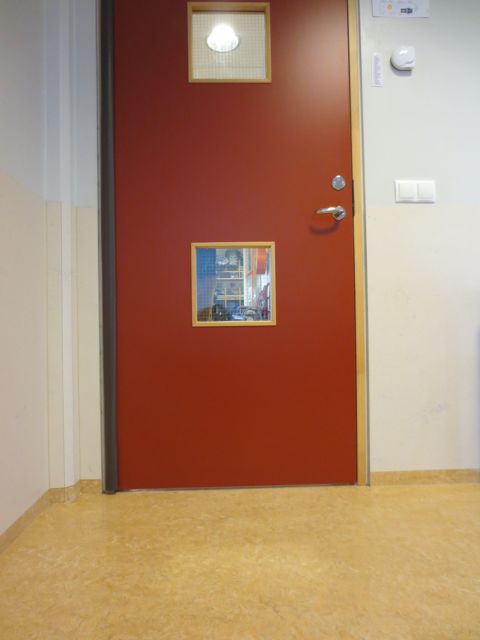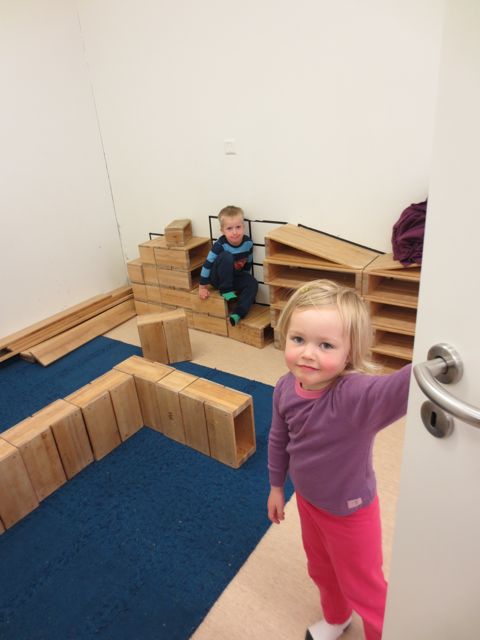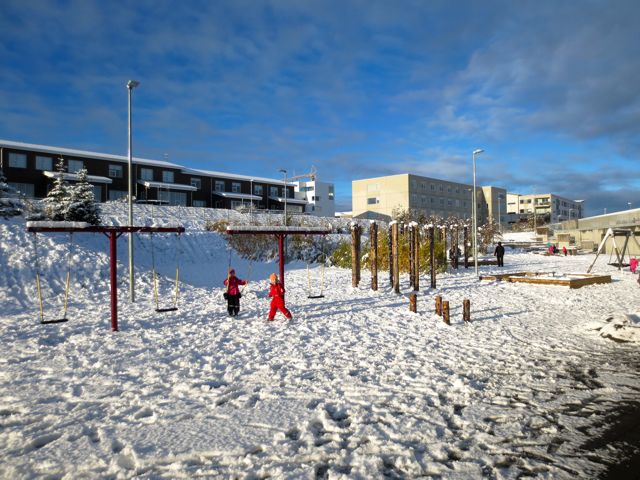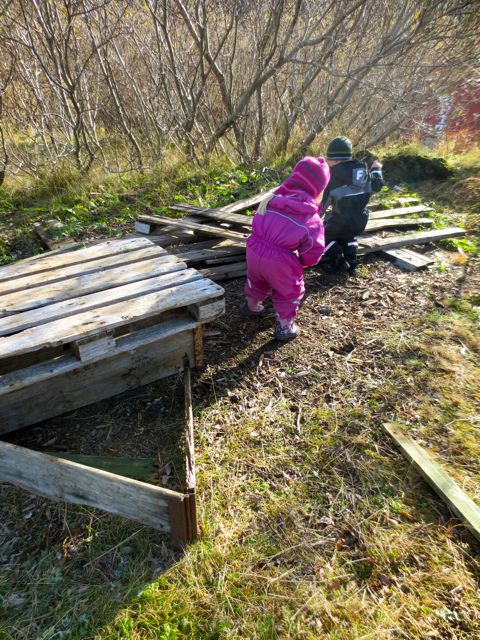Independence #playiceland
At our first school visit, we came around a corner just as a group of little, littles were getting ready to go outside. At this time of year in Iceland, getting ready to go outside involves layers and lots of them. The children already had their snow suits on and most were heading out. An adult was busying himself gathering items they would need outside and getting himself ready. A lone boy was trying to put his knit hat on and he kept turning and looking at the hat, really wanting the front to be at the front and the back to be at the back. He would turn it and look, try it on, somehow feeling that it was not just right, take it off, turn it and look. He did this several times and all the while, my fingers itched to simply take the hat and put it on him so he could scoot outside. In the end, he got it on in a way that satisfied him, a bit folded along the edge, no matter, and out he trotted. This was my reality check and throughout the rest of the trip, I kept coming back to this moment and how I had to resist the urge to just put his hat on him. For him.
Now don't get me wrong, I would not characterize myself as a hovering kind of teacher, but this is the value of seeing outside myself and conducting regular systems checks for what I hope to achieve. Something as simple as putting on a hat for a child takes us down a certain road, doesn't it? I watched even the littlest of littles get themselves ready to go outside AND come back in, full snow gear, boots, suits and mittens, and get themselves ready to play inside. Where we live, putting on a jacket is not often necessary in the scheme of things, but there was more to this independence story than just putting on snow pants and a hat!
In my last post, I shared a bit about the design of the Icelandic schools in my post "The House." The very design of the schools, complemented by the educational philosophy, engender independence in both thought and action. This is something that resonated with me. I believe that through design of the environment and through planning and intention, children can find the comfort to fully explore their surroundings and express themselves.
As I described in that last post, the classrooms we visited were essentially a cluster of rooms, each purposefully devoted to different pursuits. The rooms had doors and those doors were more often shut, children on the inside and the teachers floating in and around the other rooms. We spend so much time at our school creating hidden spots and cubbies, always with this knowledge that we have to check sight lines. How thrilling is it to see a door that can simply be closed so the play inside can roll out in a purely child-defined form?




This freedom to shape their own independence spilled out to the great out of doors. The landscape of Iceland is especially stunning. The 5 days we were there, we enjoyed crisp, cool bright blue skies, then it snowed and we had both cloudy and blue skies again, followed with a bit of windy rain. No matter what, the children were out and about in it. It was then I liked to play the game, "spot the adult." The adults were very much THERE, but also very much NOT THERE.
When we visited Stekkjarás, a reggio-inspired school, the children were already out in the forest. Their teacher met us at the school and walked us out, stopping at a grove of small trees. I wiggled into the middle of the grove and just listened. Their teacher said the rule is that the children should always be able to see a teacher which places the responsibility for self in the hands of the child. Out in the forest, you could first hear the children. I listened. Sitting in the grove, I did not feel alone. I could hear the children. I trusted that sound.
We continued along the path and then suddenly, there the children were, but only three of them, busy trying to pry apart some boards to drag and drop down into a mysterious hole in the ground and it all became very, very clear. The children trusted themselves and the adults trusted them as well. Once the plank-dropping was tested, the children led us to another group playing in and around a shipping crate and assorted farm equipment (the forest is part of an abandoned orchard). Here the children fanned out and could be seen here and there on a grassy hill and scrambling around on trees, a large pipe, and pallets.
It was perfect.
The story, from beginning to end, is about gaining independence. From this we move directly into trusting the children to stand, climb, roll, and tumble on their own. We expect them to be independent.
And suddenly...they are.





